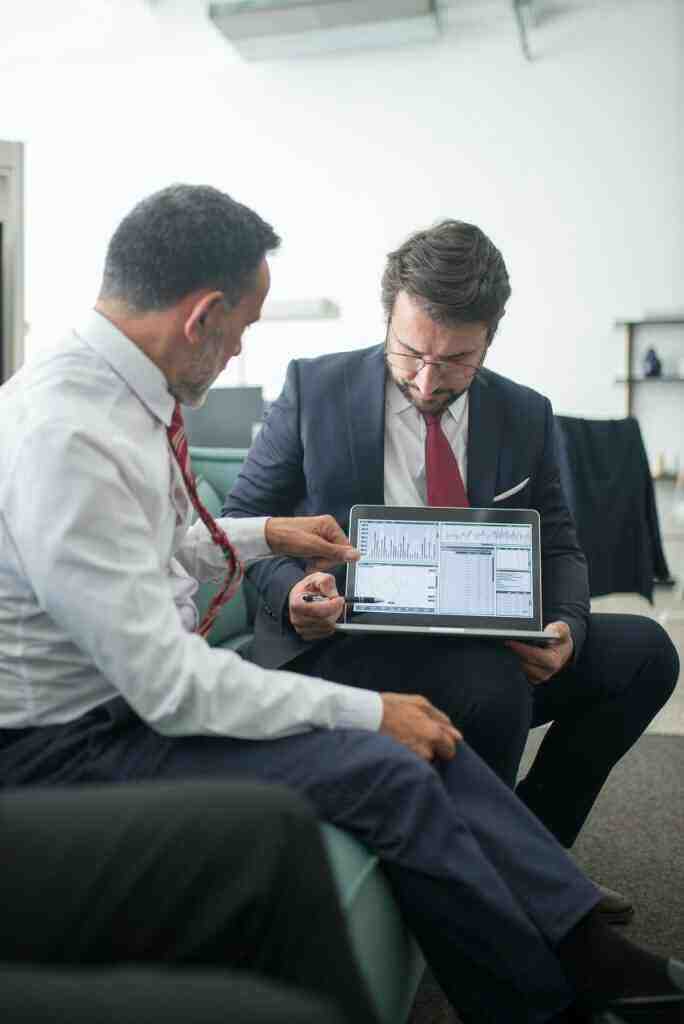America’s Economic State: Resurgence amid Deep-Rooted Concerns
Current Sentiment: An Upturn in Optimism
As the year 2024 unfolds, a palpable shift in public perception towards the United States’ economic outlook is taking shape. According to a recent survey conducted by the Pew Research Center, 28% of Americans now perceive the economy as either excellent or good, a significant improvement compared to the mere 19% who expressed similar positivity in April 2022. This renewed sense of optimism, however, remains noticeably below pre-pandemic levels, where a substantial 57% of Americans held a favorable view of the economy in January 2020.
Labor Market Recovery: Employment Gains and Falling Jobless Claims
Despite lingering concerns, tangible signs of economic recovery are emerging. The number of young adults engaged in full-time employment has surpassed levels seen in 1993, according to Pew data. Furthermore, weekly jobless claims from January 8 to January 13 reached their lowest point since September 22, signaling a tightening labor market. These positive indicators suggest an improving economic landscape, offering a glimmer of hope amidst the persistent challenges.
Inflation: A Persistent Challenge Amidst Positive Indicators
While these positive indicators paint a picture of an improving economy, concerns about inflation continue to cast a long shadow. A quarter of Americans who perceive the economy as fair or poor attribute their pessimism to high inflation. The elevated cost of living and low wages are also cited as major factors contributing to economic discontent. Jocelyn Kiley, Associate Director of Research at Pew, highlights the persistent impact of inflation on consumers despite signs of moderation in supermarket prices. She emphasizes that the prices of frozen vegetables and sugar have experienced significant year-over-year increases, underscoring the challenges faced by many Americans.
Addressing Deep-Seated Economic Issues: Beyond Short-Term Improvements
Kyle K. Moore, an economist at the Economic Policy Institute, cautions against complacency, emphasizing the need to address systemic issues that have plagued the economy for decades. He points out that the recent improvements occur against a backdrop of sluggish wage growth, rising inequality, and misdirected public investments that have burdened Americans with economic stress, particularly in healthcare and education. Moore draws an analogy, stating that while the economy may not be acutely ill, it suffers from chronic conditions that require long-term treatment. He emphasizes the need for sustained efforts to tackle these deep-rooted problems and ensure a more robust and inclusive economic recovery.
Conclusion: Navigating the Path to Sustainable Economic Progress
The current economic landscape in the United States presents a mixed picture, with signs of improvement coexisting with persistent challenges. While the recent uptick in optimism is encouraging, it is crucial to recognize the underlying issues that continue to hinder economic well-being for many Americans. Policymakers and economists must focus on addressing these systemic problems to promote sustainable economic growth and ensure a brighter future for all.
